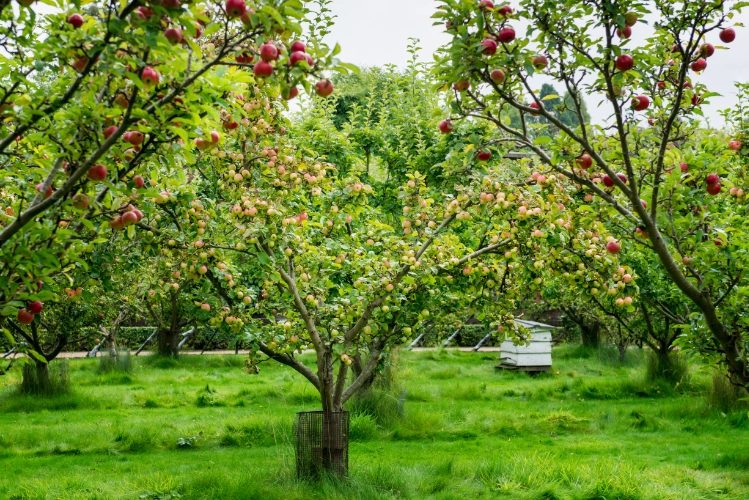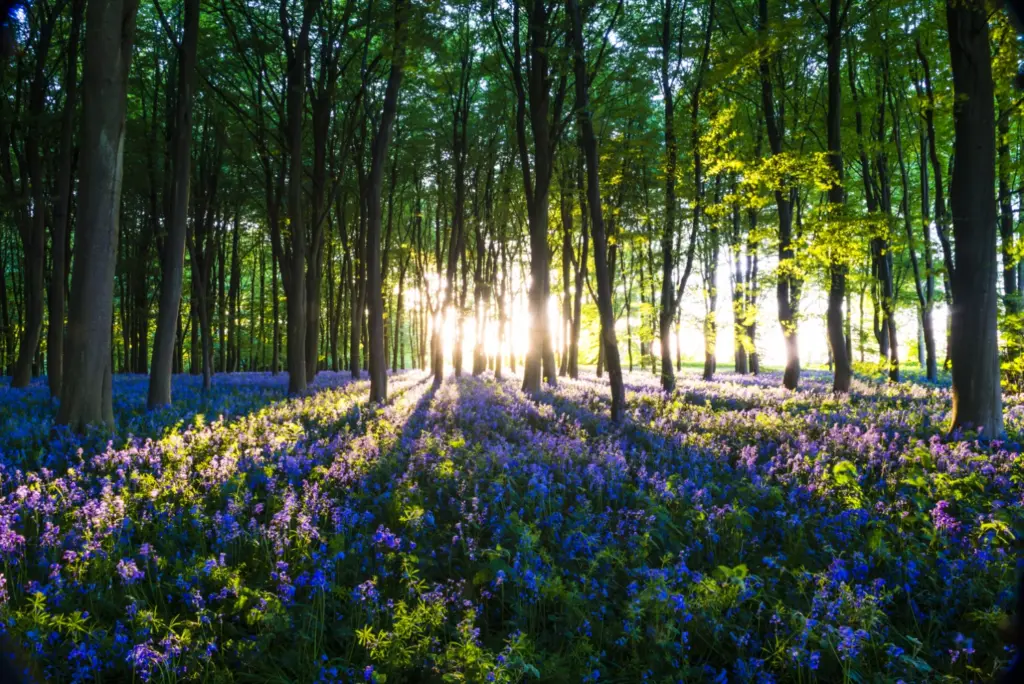When planning a funeral or thinking ahead for yourself or a loved one, one key question often arises:
What’s the difference between burial and natural burial?
While both involve laying a body to rest in the ground, they differ significantly in their environmental impact, materials used, maintenance practices, and philosophy. This guide will help you understand these differences — and answer the most common questions people have.
No Right or Wrong – Just What’s Right for You
When it comes to burial choices, there’s no single right or wrong option — only what feels right for you or your loved one. Whether you prefer a traditional funeral with familiar customs or a natural burial that aligns with your environmental values, the most important thing is that it reflects your beliefs, wishes, and circumstances.
Understanding the difference between burial and natural burial can help guide you in making an informed, personal decision that brings peace of mind and honour to the life being remembered.
Traditional Burial: What Does It Involve?
Traditional burial is the most common method in modern cemeteries and typically involves:
-
Embalming: Preserving the body using chemical solutions (like formaldehyde).
-
Coffin: Usually made from hardwood, metal, or manufactured materials.
-
Manicured cemetery grounds: Landscaped lawns with regular maintenance, pesticides, and irrigation.
- Environmental Impact: High resource and carbon footprint
Natural Burial: What Does It Involve
Natural burial (also called green burial) is a way of returning the body to the earth with minimal environmental impact. It aligns with ecological principles and often takes place in designated natural burial grounds.
Key features of natural burial:
| Feature | Description |
|---|---|
| No Embalming | Body is left unpreserved to decompose naturally |
| Biodegradable Materials | Uses shrouds, wicker coffins, or cardboard caskets. Allows full contact with soil and natural decomposition |
| Natural Landscape | Meadows, woodlands, or wildflower areas maintained as nature reserves |
| Eco-Friendly Burial | Supports soil health, biodiversity, and conservation |
Main Differences at a Glance
The difference between a traditional burial and a natural burial
| Traditional Burial | Natural Burial | |
|---|---|---|
| Embalming | Usually required | Not allowed |
| Coffins | Metal or hardwood | Biodegradable Eco Coffins (shroud, wicker, etc.) |
| Cost | Higher (coffin, embalming, plot) | Generally lower |
| Cemetery Grounds | Manicured, mowed, irrigated | Natural, wild, ecologically managed |
| Environmental Impact | High | Low (sustainable) |
The difference between burial and natural burial
The choice between traditional burial and natural burial is deeply personal.
But for those seeking a gentle, sustainable, and meaningful end-of-life path, natural burial offers a beautiful way to return to nature.
It’s not just about what happens after death — it’s about how we live our values, protect the planet, and honour life in its full cycle.
Most Asked Questions
UK Natural Burial Grounds
Natural Burial Ground Funeral Service
Natural Burial Ground Headstones
Natural Burial Grounds








